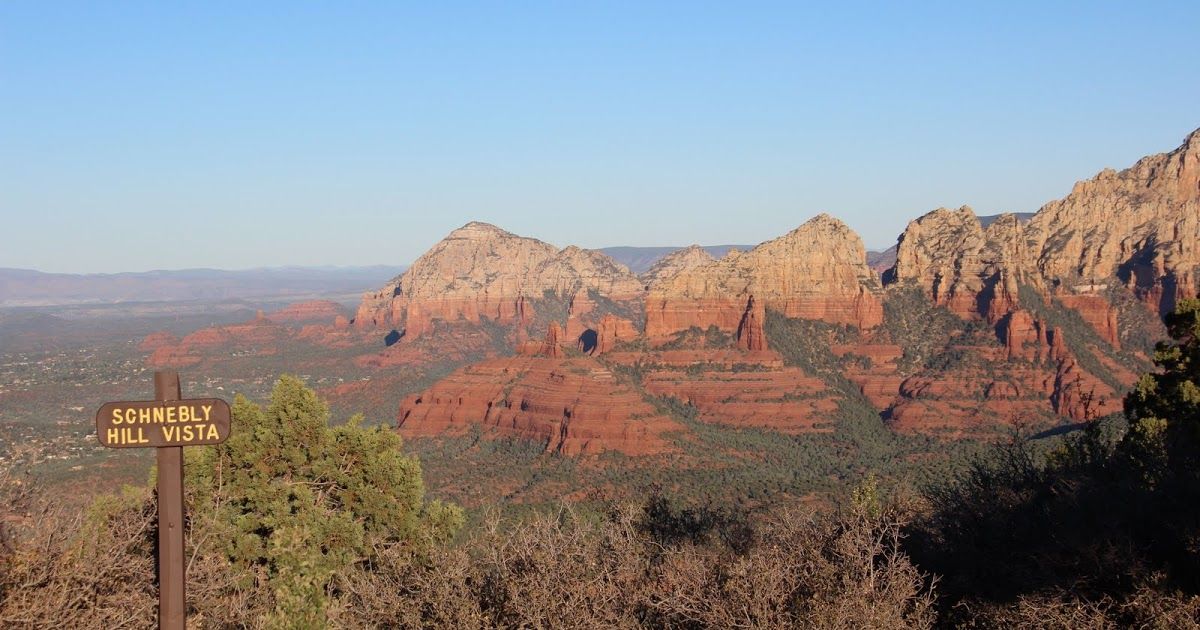


When I visited one of my favorite locations a couple weeks ago, I discovered that what was once the “end of the road” was no longer. And, as the saying goes, a few bad apples can spoil the entire barrel.įor years, I’ve protected a couple of a “secret spots,” choosing to share them with a select few folks (mostly folks who don’t fish, mind you), under the assumption that special places are only special because they’re still largely intact and it’s easy to escape the crowds that might be gathered at the official campgrounds. Unfortunately, they aren’t doing it right. The ongoing coronavirus pandemic has people searching for recreation away from crowds, and they’re finding things to do - good, wholesome outdoor activities - on lands that belong to all Americans. Of course, the damage isn’t restricted to Arizona - public lands open to dispersed camping all over the West are being degraded as I write this. On parts of the nearby Prescott National Forest, camping was banned for two years starting last summer after officials could no longer keep up with the trash and damage inflicted on public lands by dispersed campers. In Arizona’s iconic Oak Creek Canyon on the Coconino National Forest near Sedona, “campers” have trashed dispersed camping sites, carving their initials into tree trunks and crafting graffiti on rocks. With that popularity, of course, comes the refuse that often remains after humans leave the woods - garbage, damage to the land and even piles of excrement. But dispersed camping is becoming more and more popular.


 0 kommentar(er)
0 kommentar(er)
